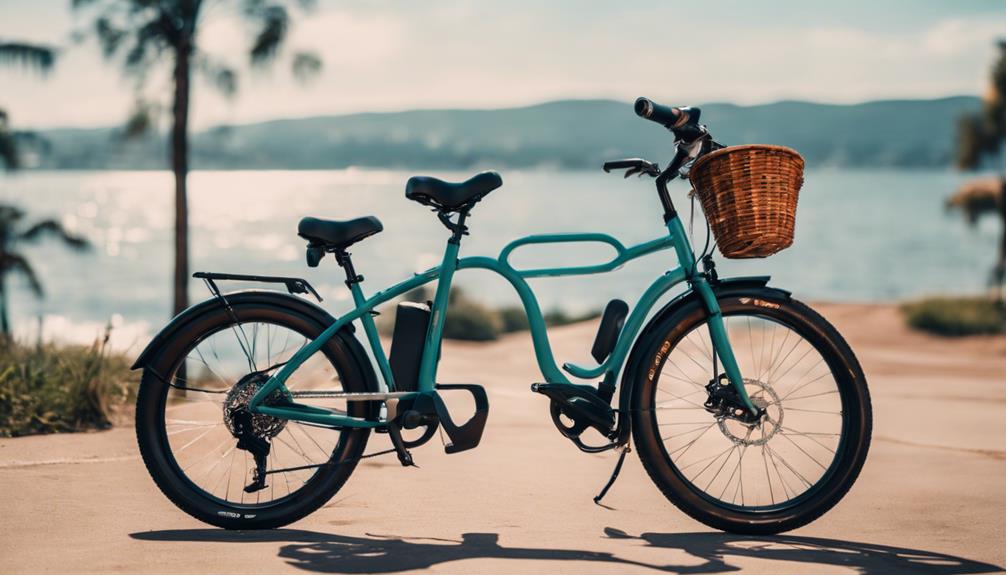When it comes to cycling, bike kickstands might not be the first accessory that comes to mind. However, they play a crucial role in enhancing the convenience and usability of your bicycle. Whether you are a casual rider or a dedicated cyclist, understanding the importance of a good kickstand can make your biking experience significantly better. This article will delve into the various types of bike kickstands, their benefits, and how to choose the right one for your needs.
What is a Bike Kickstand?
A bike kickstand is a support device attached to a bicycle that allows it to stand upright when not in use. Kickstands vary in design and functionality, but all serve the primary purpose of providing stability and convenience.
Types of Bike Kickstands
There are several types of bike kickstands, each with its unique features and advantages. Understanding the differences can help you make an informed decision:
- Center Mount Kickstand: This type is mounted at the bike’s center, typically on the bottom bracket. It provides excellent stability and can support heavier bikes, making it ideal for touring and cargo bikes.
- Side Mount Kickstand: Attached to the chainstay or rear triangle, side mount kickstands are more common on lightweight bicycles. They are typically easier to install and remove but may not provide as much stability as center mount options.
- Adjustable Kickstand: These kickstands can be adjusted in height, making them versatile for different terrain types and bike designs. They are great for families with multiple bikes or when you ride various models.
- Double-Leg Kickstand: This type features two legs for added support and stability. It’s particularly useful for heavier bikes and can help prevent tipping over on uneven surfaces.
Benefits of Using a Bike Kickstand
Incorporating a kickstand into your biking setup offers numerous advantages:
- Convenience: A kickstand allows you to park your bike easily without leaning it against a wall or other objects. This is especially beneficial when loading or unloading cargo.
- Protection: Using a kickstand can help protect your bike’s components from damage caused by leaning against hard surfaces. It reduces the risk of scratches and dents.
- Stability: A kickstand provides a stable base for your bike, which is crucial when performing maintenance or repairs. It keeps the bike upright, making it easier to work on.
- Safety: Having a kickstand can enhance safety, especially in crowded areas. It minimizes the risk of your bike falling over and potentially causing injury to others.
Choosing the Right Kickstand for Your Bike
Selecting the right bike kickstand involves considering several factors:
- Bike Type: Different bikes have different requirements. For example, a mountain bike may benefit from a side mount kickstand, while a touring bike might require a center mount for better weight distribution.
- Weight Capacity: Consider the weight of your bike and any additional gear you may carry. Ensure the kickstand you choose can handle the total weight.
- Material: Kickstands are usually made from aluminum, steel, or plastic. Aluminum is lightweight and rust-resistant, while steel is more durable but heavier.
- Ease of Installation: Look for kickstands that are easy to install and remove, especially if you plan to switch them out or need to adjust frequently.
- Adjustability: If you ride multiple bikes or often change riding environments, consider an adjustable kickstand for greater flexibility.
Case Studies: Real-Life Applications of Bike Kickstands
To illustrate the importance of bike kickstands, let’s look at some real-life scenarios:
Case Study 1: Urban Commuter
Jessica, a daily commuter in a bustling city, relies on her bike to navigate traffic. She chose a side mount kickstand for her lightweight hybrid bike. This allows her to park her bike quickly at bike racks or during brief stops. The kickstand’s ease of use has saved her time and effort, making her daily commute smoother.
Case Study 2: Long-Distance Tourer
Mark is an avid cyclist who enjoys long-distance touring. He opted for a center mount kickstand for his touring bike, which carries additional weight from camping gear. With the stability and strength offered by the center mount kickstand, Mark can park his bike on uneven terrain without worrying about it tipping over.
Statistics on Bike Kickstands and Cycling
Understanding the cycling landscape can highlight the relevance of bike kickstands:
- According to the National Bicycle Dealers Association, over 12 million bikes are sold annually in the United States.
- A study from the League of American Bicyclists found that 60% of cyclists prefer having a kickstand on their bike for convenience.
- Research indicates that cyclists who use kickstands report fewer instances of bike damage due to falls or improper parking.
Installation and Maintenance of Bike Kickstands
Installing and maintaining your bike kickstand is vital for optimal performance. Here’s a quick guide:
- Installation: Most kickstands come with installation instructions. Generally, you will need basic tools like a wrench or screwdriver. Make sure to position the kickstand correctly to avoid interference with the bike’s components.
- Regular Checks: Inspect your kickstand regularly for signs of wear or damage. Ensure it remains securely fastened and functions as intended.
- Cleaning: Keep the kickstand clean and free of dirt or debris. This helps maintain its functionality and extends its lifespan.
Conclusion
In conclusion, bike kickstands are a vital accessory that enhances the cycling experience by providing convenience, stability, and protection for your bicycle. Whether you are commuting through a city or embarking on a long-distance tour, selecting the right kickstand can make all the difference. By understanding the different types of kickstands, their benefits, and how to maintain them, you can ensure a smoother and more enjoyable ride. As cycling continues to grow in popularity, the humble kickstand deserves recognition for its crucial role in the world of biking.
